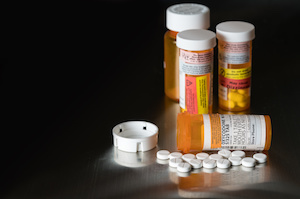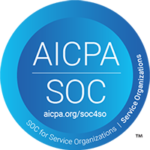

Pfizer’s “authorized generic” is priced at $30 to $35 per pill, roughly half of Viagra’s $65 retail price. No word from Teva at the time of this writing on what it plans to charge for its generic Viagra (sildenafil citrate).
Given that one of the most popular prescription drugs of all time is now available in generic form, it’s a good opportunity to clarify the differences between generics and the savings opportunities they present at the pharmacy.
Authorized or Not?
Notice how Pfizer’s version is called an “authorized generic” yet Teva’s is not? Pfizer is simply authorizing itself—or in this case, its subsidiary manufacturer—to call it that. Per FDA definition, “authorized generic” is an approved brand-name drug that is marketed without the brand name on its label. Otherwise, it is exactly the same product with the same active and inactive ingredients.
However, by that definition, neither of the Viagra generics is technically “authorized.” They both have the same active ingredients and strength as Viagra, but the inactive ingredients differ from the brand name. (Both are little white pills, not blue.)
Because a truly authorized generic drug is marketed under the brand name drug’s New Drug Application (NDA), it will not be listed in FDA’s Approved Drug Products With Therapeutic Equivalence Evaluations (the Orange Book). An authorized generic is therefore considered to be therapeutically equivalent to its brand-name drug because it is, by definition, the same drug.
Here at Rx Savings, we refer to the truly authorized generics as “Generic Clones,” which is a highlighted subset of our “Generic Substitutions” suggestions list. Clinically speaking, both versions of generic Viagra fall into the latter category.
Generic substitutions contain the same active ingredients as the brand-name drug and produce the same effect when taken at the same dose, but they may have different dyes, flavors, fillers and other inactive ingredients. They will have their own listing in the FDA’s Orange Book.
In general, both types of generics will be anywhere from 10 percent to 85 percent cheaper than their brand-name versions, with generic clones often slightly more expensive than generic substitutions. Both types of generics typically don’t require a new prescription, as most prescribers allow generic substitution.
Did You Know?
- Generics account for almost 90% of all prescriptions filled but only 27% of total drug spending.
- Since 2008, the price of generic drugs has been roughly cut in half, while the price of brand-name drugs has nearly doubled.
- 689 authorized generics have been launched in the past decade (2006 â 2016), representing $1.46 trillion in savings to the health care system.



